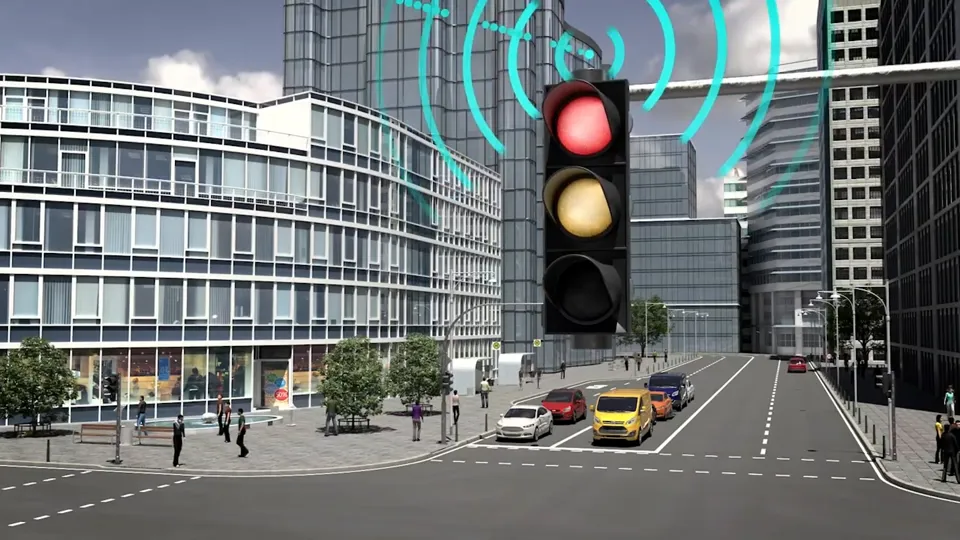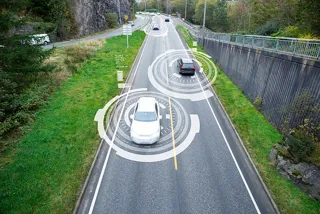Ford is testing a new connected traffic light system that can automatically turn green for emergency vehicles.
The system can also interact with the adaptive cruise control in Ford passenger cars, allowing the vehicle to adjust its speed on approach, therefore reducing congestion.
The trial was part of a broader project that involved testing automated and connected vehicles and networked infrastructure in highway, urban and rural areas.
“Whether it’s a fire engine attending a blaze or an ambulance that is en route to an accident, the last thing anyone wants is for these drivers to be caught up among other vehicles waiting for the lights to change,” said Martin Sommer, research engineer, Automated Driving Europe, Ford of Europe.
In order to test the technology, Ford utilised a road with eight consecutive traffic lights in Aachen, Germany, and two stretches with three consecutive traffic lights just outside the city, all set up by the project’s partners.
For testing an emergency response situation, the test vehicle signalled to the traffic lights to turn the light green. Once the vehicle passed through the junction, the traffic lights returned to standard operation.
For testing daily driving situations, the test vehicle received the timing information for when the traffic lights turned from red to green and green to red. Ford’s Adaptive Cruise Control technology then adapted the vehicle’s speed to help ensure a higher proportion of traffic encountered a green light.
When the traffic light was red, the vehicle’s speed was reduced well ahead of the junction to time the vehicle’s approach to arrive at the light the moment it turned green, for example from 30mph to 20mph.
For vehicles encountering a red light, the technology could still help to minimise harsh braking and the time spent at a standstill. The vehicle received the traffic light information well ahead of the junction and slowed down earlier, helping to reduce congestion.
The communication between vehicles and traffic lights is enabled by C-V2X (Cellular Vehicle-to-Everything) technology, a unified platform that connects vehicles to roadside infrastructure, other vehicles and other road users.






















Login to comment
Comments
No comments have been made yet.